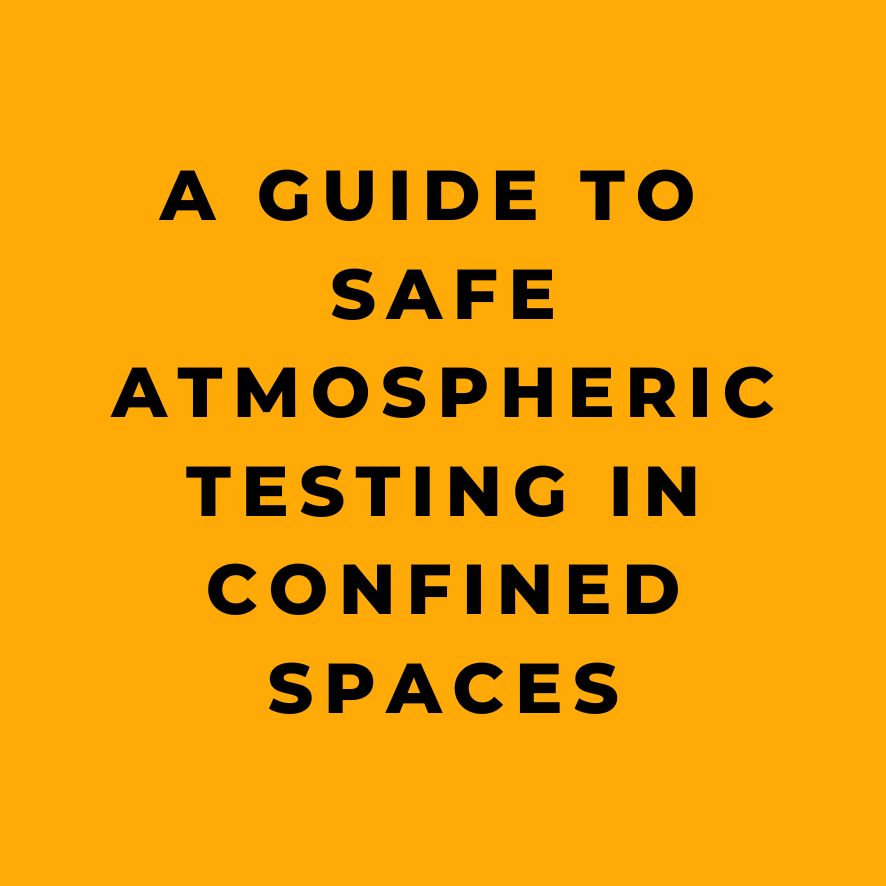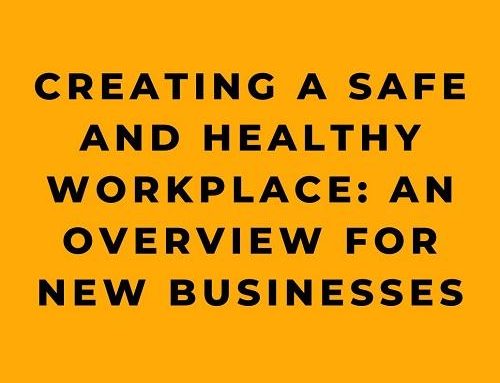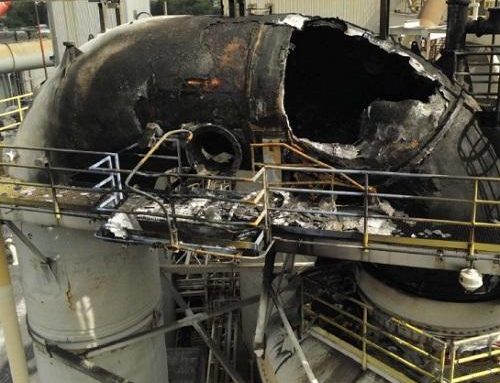Alright, let’s roll up our sleeves and dive right in.
When it comes to safety in confined spaces, we’re not talking about a hasty job. It’s more like baking a cake – you need to follow every step in the recipe, and if you miss one, you could end up with a mess instead of a masterpiece.
First up, we’ve got Evaluation Testing. Imagine you’re preparing a fancy meal. You wouldn’t start without checking your pantry first, right? Same goes for confined spaces. You’ve got to know what’s cooking in there. So, we use equipment that’s sensitive enough to identify any dangerous atmospheres that might be present or could crop up later. And let’s be real, not everyone’s a master chef, or in this case, a safety engineer. So, you need a technically qualified professional (like a certified safety pro or industrial hygienist) to look at the data, make sense of it, and give you the thumbs up to proceed.
Next, we’ve got Verification Testing. Now, let’s move onto verification testing. You’ve gotten all dolled up for a date, now it’s time to check yourself out in the mirror before you head out. Similarly, before stepping into a permit space that might contain a hazardous atmosphere, we need to verify if the atmospheric conditions are in our favor. This involves testing for residues of all identified contaminants to ensure that the air we’re about to step into meets our acceptable entry conditions. And don’t forget, folks – we need to record these test results right on the permit, just adjacent to our stipulated acceptable entry conditions.
After that, we’ve got Duration of Testing. We all know good things take time, right? You wouldn’t rush a slow-cooked stew, and you can’t hurry safety either. So for each test, you’ve got to wait for at least the minimum response time specified by the manufacturer. Patience is not just a virtue here, it’s a must!
Now, let’s talk about Testing Stratified Atmospheres. When you’re dealing with atmospheres that might be layered, like a gourmet lasagna, you’ve got to test the whole thing. This means going about four feet in the direction you’re heading and to each side. Think of it as tasting the layers of the lasagna, one by one.
Finally, it’s Order of Testing time. Just as you wouldn’t put on your socks after your shoes, there’s a right order to these tests. First, we test for oxygen. This is crucial because most combustible gas meters need oxygen to give reliable readings. Second, we test for combustible gases. The threat of fire or explosion is like a fast-food order: immediate and potentially life-threatening. Last but not least, if necessary, we test for toxic gases and vapors.
And there you have it, folks – a step-by-step, methodical, no-rush approach to safety in confined spaces, just as per 1910.146 App B. Remember, it’s not about speed, it’s about safety. And that’s a recipe for success.
References:










